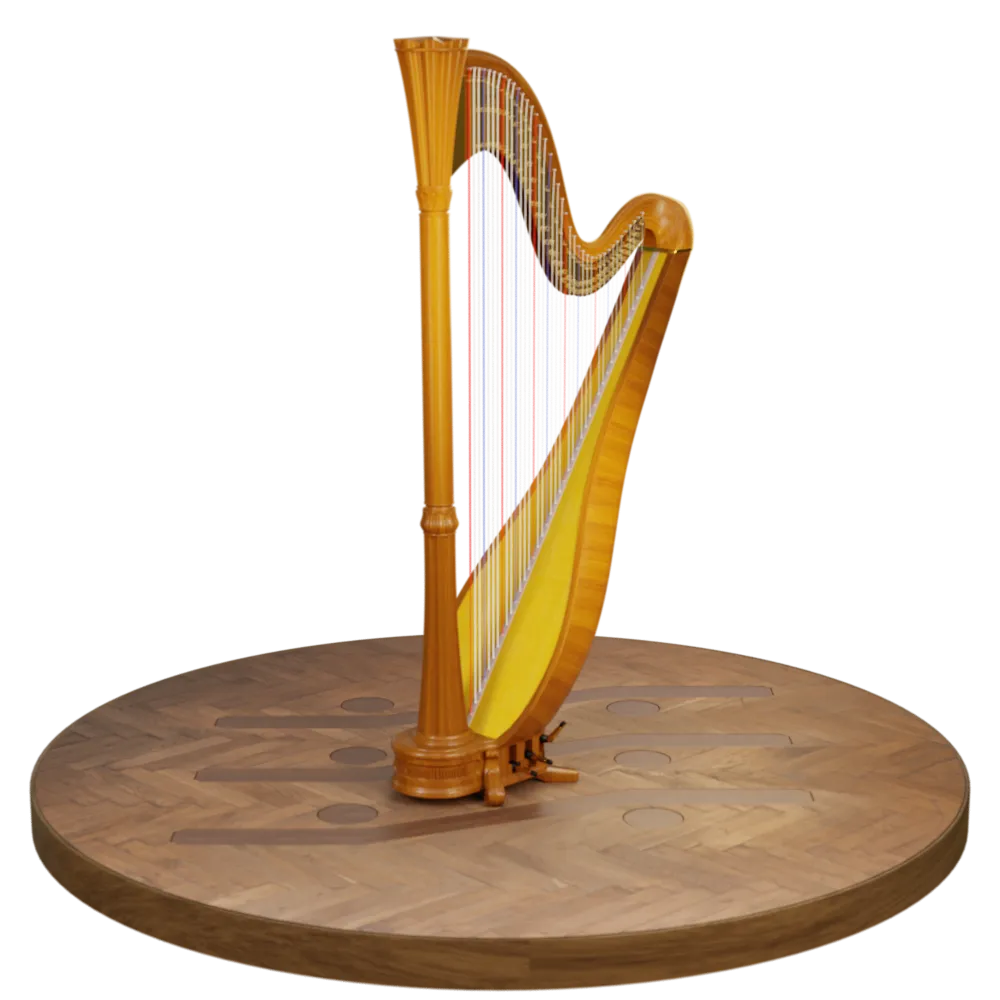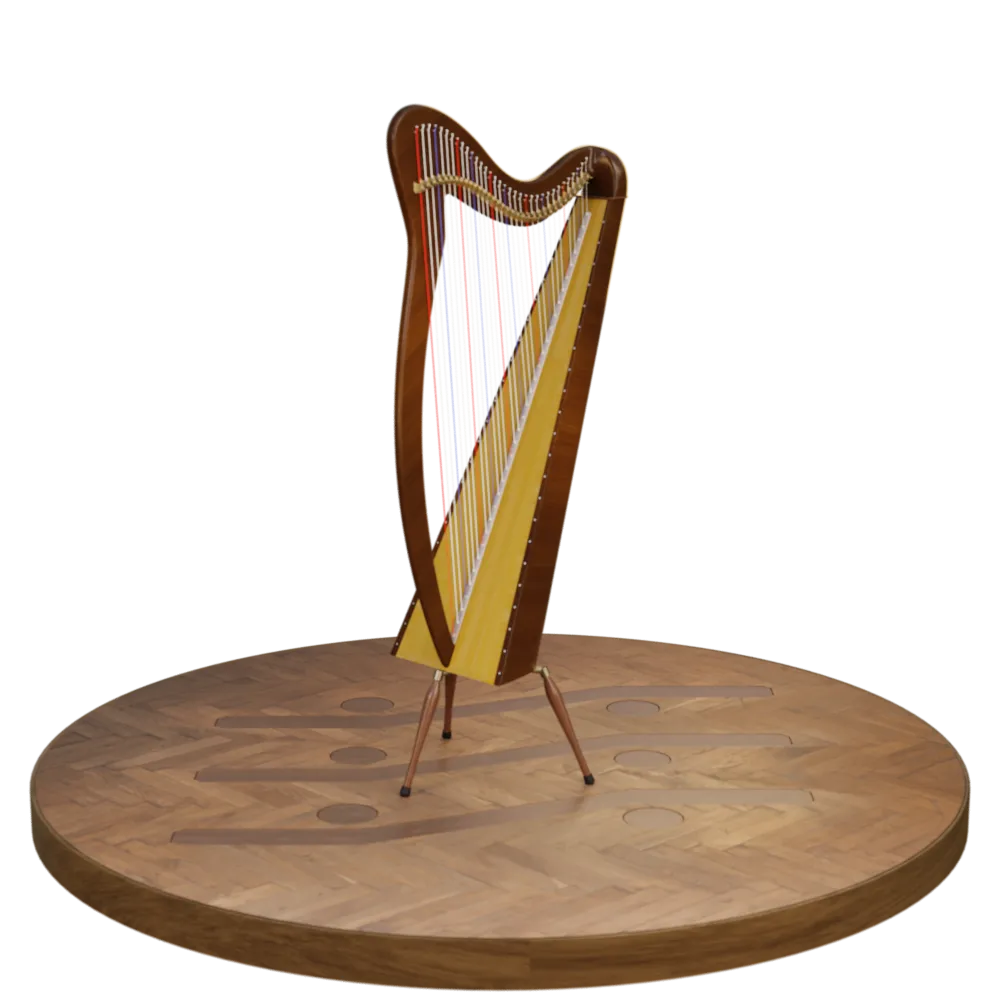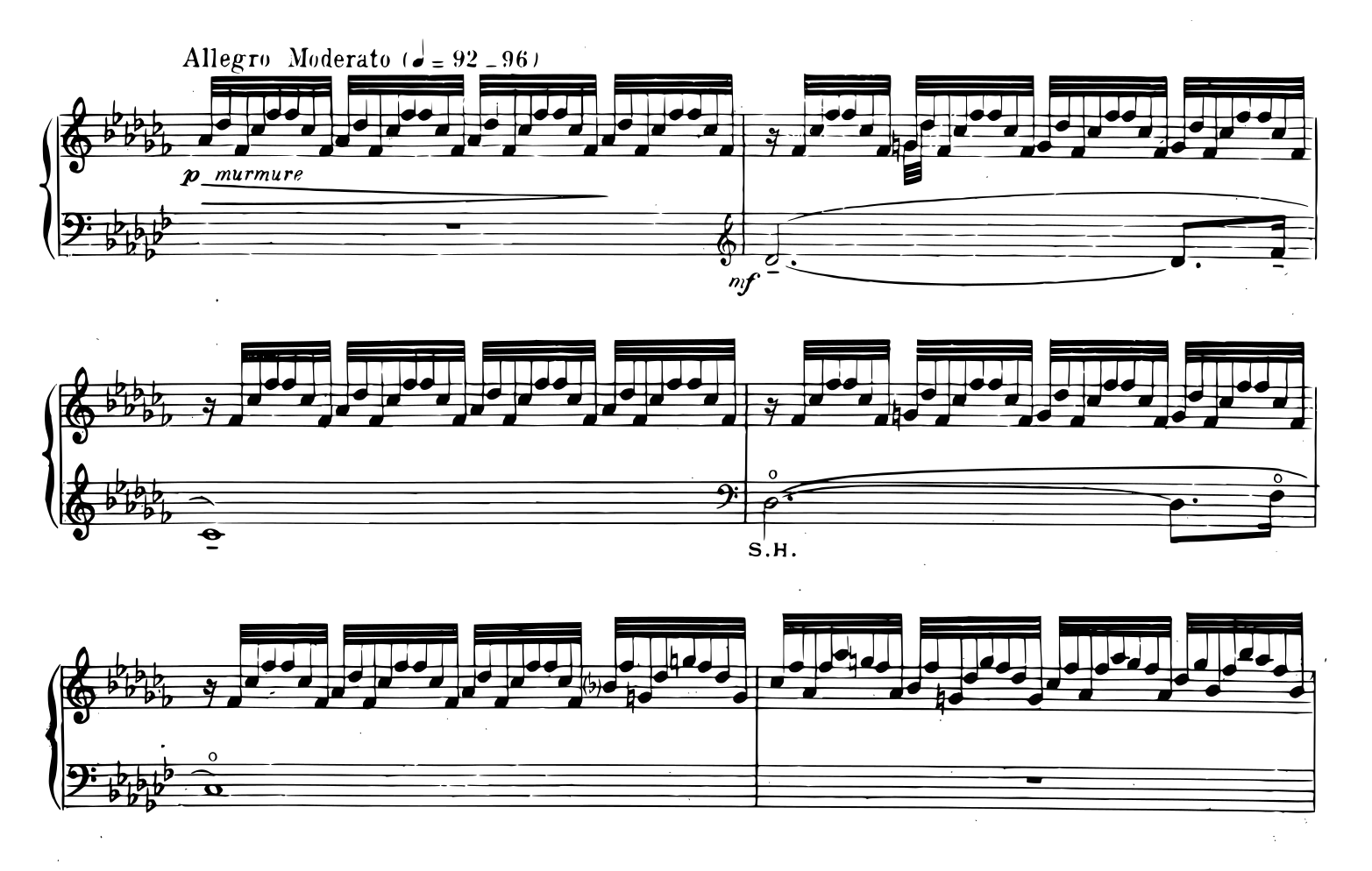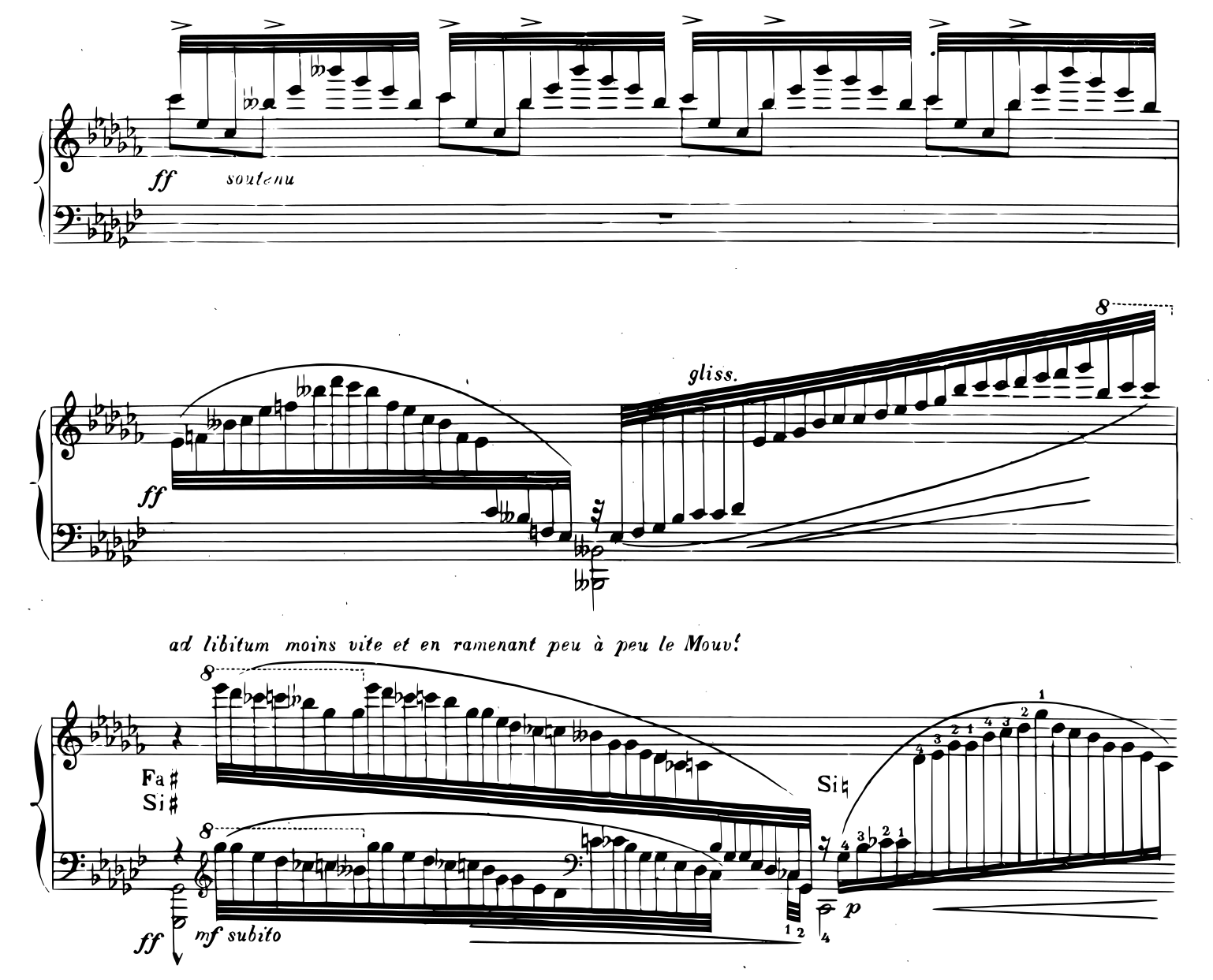Two harps for Pianoteq
The Concert Harp for Pianoteq is modelled after a 47‑string Salvi concert grand harp. The harp’s unique magical and enchanting sound is captured with astonishing authenticity thanks to Pianoteq's advanced technology that allows each string to resonate freely.
The Celtic Harp for Pianoteq is modelled after a 34‑string Aoyama traditional harp. Celtic harps were hystorically strung with wire or gut, but this modern model is made with nylon strings for a softer and more delicate sound.
These virtual harps faithfully render the sensation of plucked strings, powered by Pianoteq's advanced physical modelling technology. A must have for a wide range of musical styles, they provide a broad palette of expressive timbres.
a Pianoteq instrument pack
Get this pack with Pianoteq Stage (2 packs), Standard (3), or Pro (4).
Buy Pianoteqstarting from 139.00 €
- Two virtual instruments: Concert Harp and Celtic Harp
- Exclusive diatonic mode for harp-like arpeggios
- Dedicated pedals for pinch harmonics and glissandos
- Sound generated and evolving as you play
- 19 presets included with varied microphone setups and effects
Discover the sound of the Pianoteq harps

The Concert harp
The sound of the Concert harp is gentle and shimmering, but also full of depth. Each note rings with clarity and delicacy, creating a soothing, almost ethereal atmosphere.

The Celtic harp
The sound of the Celtic harp is warm and richly textured, with a soft, mellow tone that exudes natural, rustic charm. It beautifully evokes folk melodies and shines in genres from traditional folk and early classical music to contemporary new-age. Listen to these demos to experience its versatility.
Play it like a real diatonic concert harp
Pianoteq’s exclusive diatonic mode allows you to easily play in a given scale using only the white keys, for effortless arpeggios and glissandos. The black keys let you change the scale, simulating the seven pedals of a modern concert harp by toggling between flat, natural, or sharp notes.
Pinch Harmonics
On a harp, a double action of the hand - simultaneously plucking and touching the string in the middle - produces pinch harmonics containing only even harmonics and producing thus a note which is one octave higher.
In this excerpt of "Vers la source dans le bois" by Marcel Tournier, the first sequence of tenor notes D♭3, F♭3, C♭3 is played normally, whereas the second sequence of notes D♭2, F♭2, C♭2, is played using the Pinch Harmonic pedal. The latter is played one octave below the first sequence, but sounds at the same pitch.

Glissando
Sliding the fingers quickly across the strings creates a glissando, resulting in a unique timbre due to specific finger positioning, and distinct from the sound of individually played notes. In this excerpt from the same piece of music "Vers la source dans le bois", the glissando pedal was used to achieve these flowing sounds.



